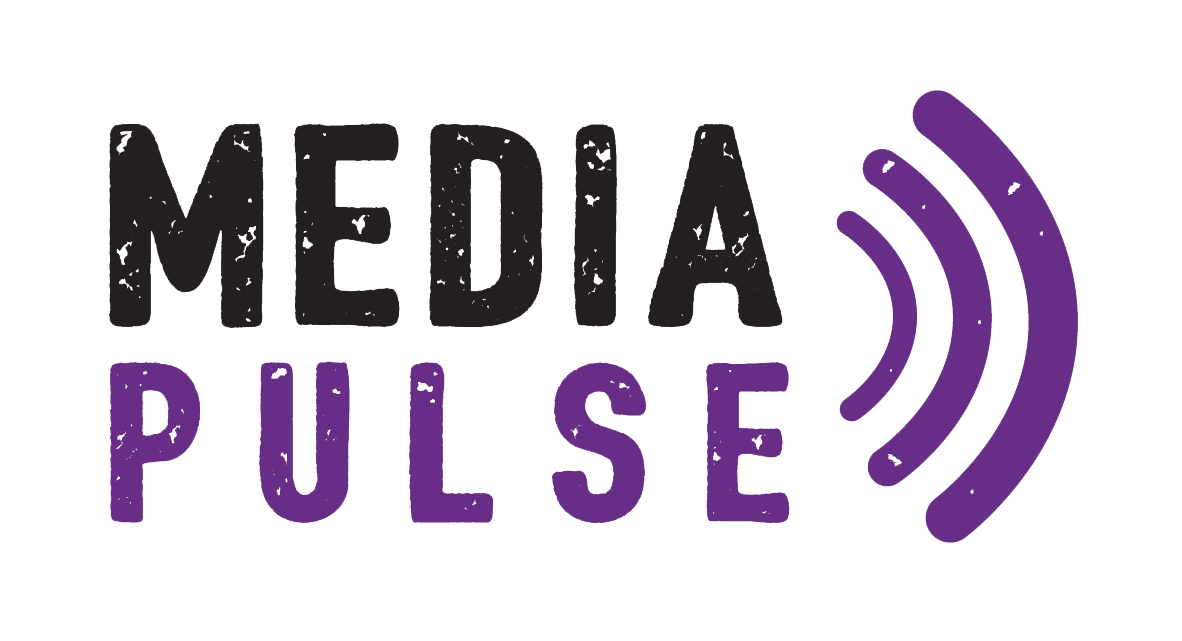TikTok as a Tool in eCommerce Marketing
Credit: @helloimnik
If you haven’t joined already, I imagine it’s pretty hard to ignore the uprising of one of social media’s latest editions, TikTok. Although it's not brand new, like the recently launched Clubhouse app, it is gaining popularity among users and is even getting the attention of national news channels. Maybe you’ve seen or heard about the OceanSpray craze, featuring skateboarder Nathan Apodaca and Fleetwood Mac’s 1977 hit single, “Dreams.”
In short, the video went completely viral with NPR reporting that “Dreams” returned back to the music charts and tripled in sales. OceanSpray also saw a doubling in its stock value overnight.
While the viral hit was purely accidental, it got more people and business owners wondering how they could become TikTok stars or have their products further promoted. Thankfully, like any social platform, there is a system to getting more views and even a Creator Marketplace where brands and content creators can collaborate.
Before we get into the nitty-gritty of utilizing TikTok for eCommerce, just through word of mouth, I’ve heard a lot of people say that the app is mostly used among children or young adults. However, according to German database company Statista, as of June 2020, 32.5% of users aged between 10-19; 29.5% of users 20-29; 16.4% of users 30-39; 13.9% 40-49; and 7.1% 50-59. Although the data proves to be true, one must realize that currently, there have been over 200 million downloads of TikTok just in the U.S.––over 200 billion worldwide.
“Hopefully those numbers alone have you interested.”
For new users, and maybe even for those of you reading that have a TikTok account already, the best place to start is by going to the For You feed. In a blog published by the platform, TikTok noted that its For You feed “reflects preferences unique to each user. The system recommends content by ranking videos based on a combination of factors – starting from interests you express as a new user and adjusting for things you indicate you're not interested in, too – to form your personalized For You feed.”
The brilliance here is that if you have a defined customer base or specific product, the content you’ll create should already appear to users who are most likely to follow you or buy what you’re selling. However, it’s still not quite as simple as posting a 30- or 60-second video, there are rules to follow as on any platform.
Specifically, TikTok reports that its recommendations for users are based on:
User interactions such as the videos you like or share, accounts you follow, comments you post, and content you create.
Video information, which might include details like captions, sounds, and hashtags.
Device and account settings like your language preference, country setting, and device type. These factors are included to make sure the system is optimized for performance, but they receive lower weight in the recommendation system relative to other data points we measure since users don't actively express these as preferences.
With all that information, it’s important to remember to start small, literally. Practical Ecommerce reports that a lot of the #ForYou feed’s algorithm is based on watch time––meaning that the higher the ratio of watch time to video length, the better chance of your video being featured in the feed. So, the shorter your video, the better your video completion rate, boosting your chances of making it to the page.
Besides keeping it short and staying to the point, other avenues to keep tabs on are trending music clips and hashtags. This information can be found in the application’s “Discover” page and can be taken into consideration when developing your own content.
If you’re not tech-savvy or struggle with building a following on TikTok, as previously mentioned, you can also revert to the Creator Marketplace. This portion of the app was specifically created for businesses to connect with already successful content creators, viral stars and influencers. Through a collaboration, a business could potentially get more attention to its brand through an individual that matches its personality.
Finally, like Facebook or Instagram, TikTok also promotes ads through its collaboration with Shopify. Although, you must have a Shopify account and will need to create a TikTok for Business account as well.
Read our blog for more information on utilizing social media platforms for eCommerce.


